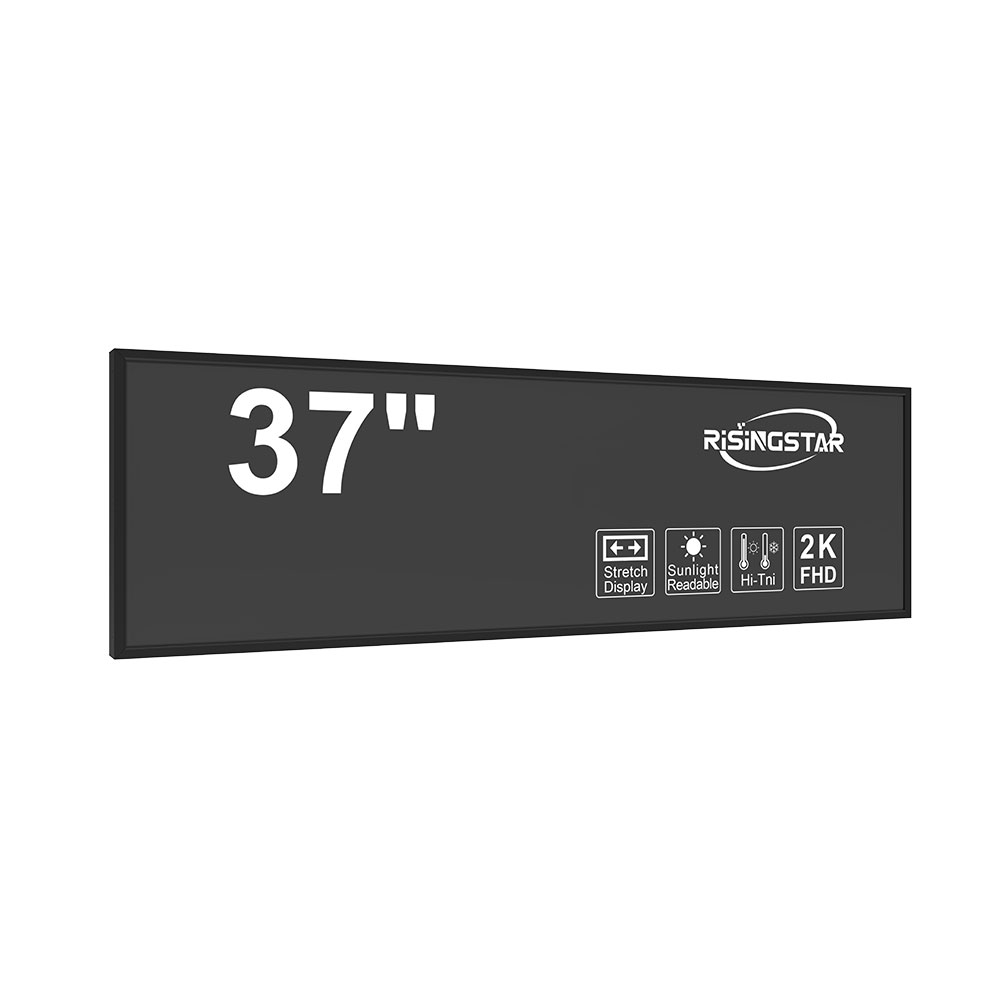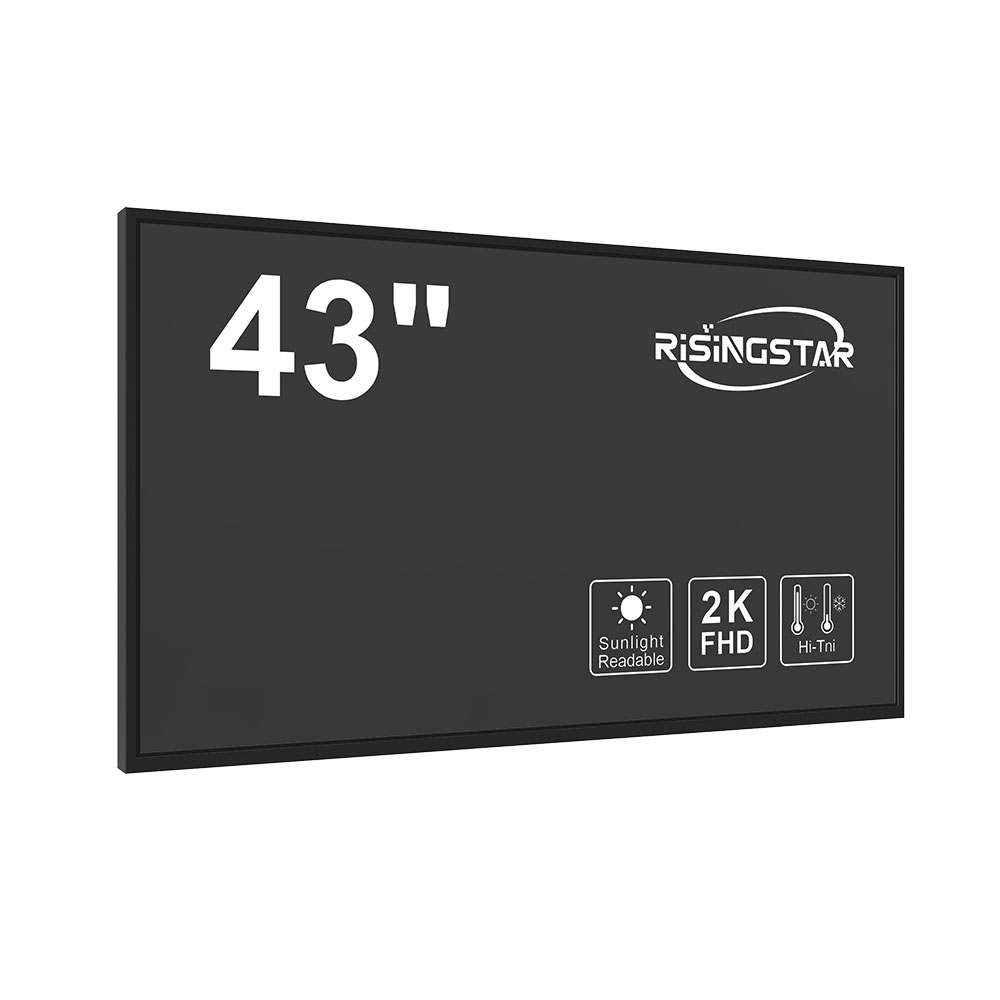- Home
- About Us
- Products
- News
- Video
- Contact
- Send Inquiry
Search
- Home
- About Us
- Products
- News
- Video
- Contact
- Send Inquiry

When selecting an outdoor LCD screen for commercial, industrial, or public use, it's essential to prioritize both visibility under diverse lighting conditions and long-term durability. According to the International Electrotechnical Commission (IEC) standards, outdoor displays must meet specific brightness, contrast, and environmental resilience benchmarks. A key parameter is luminance—industry best practices recommend a minimum of 5,000 nits for daytime visibility in direct sunlight. Screens with higher brightness, such as 7,000–10,000 nits, are ideal for applications like digital billboards, airport signage, or construction site displays where ambient light levels fluctuate significantly.
Another critical factor is the screen’s protection rating. The Ingress Protection (IP) code should be at least IP65 for dust and water resistance, though many high-end models achieve IP68, offering full submersion protection. This is particularly vital in coastal regions or areas with frequent rain, snow, or high humidity. For extreme environments, such as deserts or arctic climates, look for screens certified to operate between -30°C and +60°C, aligning with MIL-STD-810G military standards for temperature shock and vibration.

Display technology also matters—LED-backlit LCDs offer superior energy efficiency and uniform brightness compared to CCFL, while OLEDs provide deeper blacks and wider viewing angles but may degrade faster under UV exposure. Our case study from a major European transit authority showed that LED-backlit screens installed in subway stations achieved 98% uptime over two years, outperforming older fluorescent-lit alternatives by nearly 40%.

Additionally, consider power consumption, maintenance access, and remote management capabilities. Modern outdoor LCDs often include built-in sensors for automatic brightness adjustment based on ambient light, which reduces energy costs and extends lifespan. Reliable manufacturers integrate robust thermal management systems—such as heatsinks and fanless designs—to prevent overheating without compromising silence or reliability.
Finally, ensure your chosen vendor provides comprehensive warranties (typically 2–5 years), technical support, and firmware updates tailored to outdoor use cases. Choosing a well-engineered, certified solution not only ensures consistent performance but also maximizes return on investment across diverse operational scenarios.